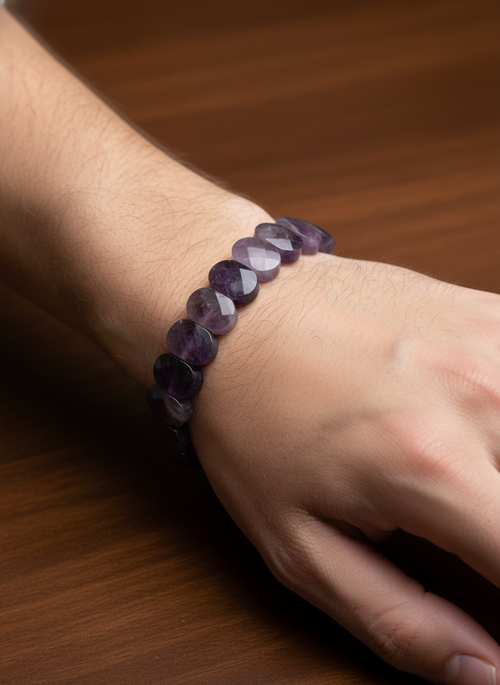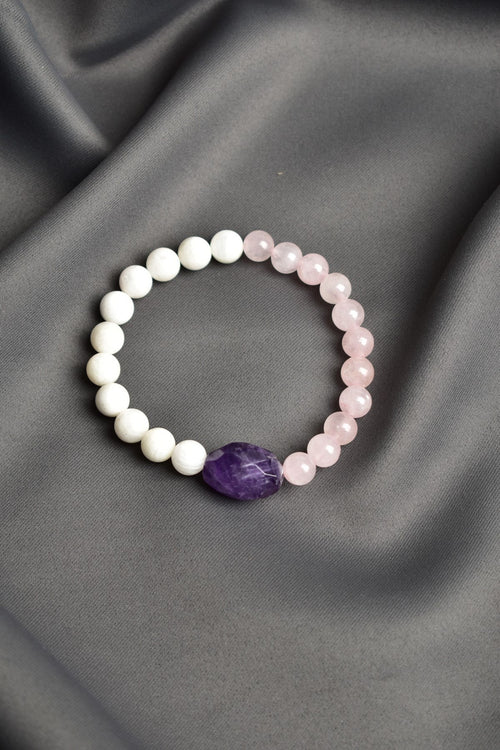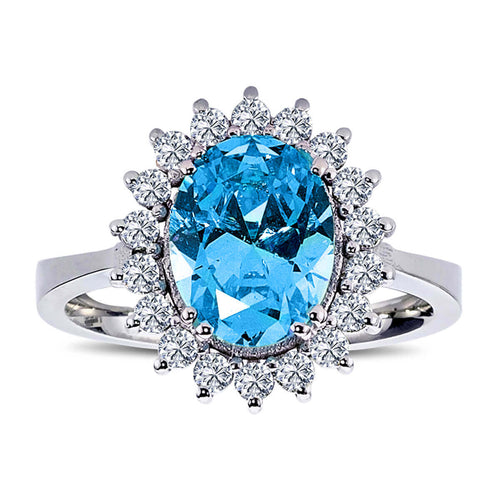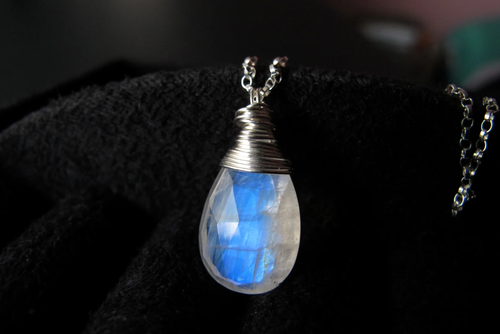ALL PRODUCTS IGSL INTERNATIONAL CERTIFIED
Thulite is a natural stone known for its pink to reddish tones and is usually rich in color. Thulite, a manganese-rich variant of the zoisite mineral, is especially valuable as a decorative stone. It takes its name from Thule, a symbol of Norway in ancient Scandinavian legends. This article will provide detailed information about the properties of Thulite, the regions where it is mined, its geological formation and areas of use.
1. Definition and Properties of Thulite Stone
Thulite belongs to the zoisite group, a mineral composed primarily of calcium aluminum hydroxyl silicates. It ranks between 6 and 6.5 on the Mohs hardness scale, making it a suitable stone for a variety of decorative and jewelry applications. The characteristic pink color of thulite is due to the element manganese in the stone.
- Color Variations: Thulite is usually found in shades of bright pink, reddish pink and sometimes light red. The color varies depending on the amount of manganese in the stone. The most valuable Thulite stones are those with a rich and uniform pink color.
- Crystal System: Thulite has an orthorhombic crystal system, but is usually massive, fibrous or granular and is rarely found in crystal form.
- Luster and Transparency: Thulite is generally opaque with a dull luster. Higher quality specimens may attain a brighter, more vibrant appearance when more finely polished.
2. Geological Formation of Thulite Stone and Regions Where It Is Extracted
Thulite occurs in metamorphic rocks and is often found with calcite and other carbonate minerals. The stone is formed by the enrichment of manganese in the zoisite mineral under high temperature and pressure. The main countries where Thulite is mined are:
- Norway: Norway is the country where Thulite was first discovered and named. High-quality Thulite deposits are found especially in the Telemark and Aust-Agder regions. The stones extracted here are usually rich pink in color.
- USA: Thulite deposits are found in the United States, especially in the states of California and North Carolina. The stones extracted in these regions are pink in color and are used for decorative purposes.
- Austria: Thulite deposits are also found in Austria, especially in the Salzburg region. The stones extracted here are usually processed for use in jewelry and decorative objects.
- Russia: Russia has Thulite deposits, particularly in the Ural Mountains. The stones mined in this region are known for their pink tones and are generally of high quality.
- Namibia: Thulite deposits are found in Namibia, especially in the Erongo region. The stones extracted from here are generally dark pink in color and are preferred by collectors.
3. Areas of Use of Thulite Stone
Thulite is used in various areas due to its aesthetic value and durability. Here are the common areas of use of Thulite stone:
- Jewelry: Thulite is a popular stone used in jewelry. It is often elegantly set in necklaces, bracelets, rings and earrings. The pink color of the stone gives the jewelry an elegant and romantic look.
- Decoration: Thulite stone is widely used in decorative arts and interior design. It is especially preferred in decorative objects such as carvings, sculptures and tabletop decorations.
- Collectibles: Rare and high-quality Thulite stones are highly sought after by collectors and are exhibited in private collections and museums.
- Investment: Thulite stone is also preferred for investment purposes due to its rarity and high quality. Especially large and clear stones are considered valuable investment tools.
4. Care and Cleaning of Thulite Stone
Thulite stone, although it has a durable structure, is a stone that needs to be cared for carefully. Here are some tips on caring for Thulite stone:
- Cleaning: To clean Thulite stone, use warm water and a mild soap. When cleaning the stone, use a soft cloth or brush to gently clean it. Avoid chemical cleaners as they can damage the surface of the stone.
- Storage: Store Thulite separately from other stones to protect it from scratches. Wrapping the stone in a soft cloth can help protect the surface of the stone.
- Protection: When used as jewelry, Thulite should be protected from impact and excessive pressure. Avoid hitting hard surfaces.
Conclusion
Thulite stone has an important place in the world of jewelry and decoration with its pink tones, brightness and durability. Thulite stones, mined in countries such as Norway, USA, Austria, Russia and Namibia, attract great attention especially in aesthetic and elegant jewelry. Thulite stone attracts attention with its unique structure and color, and is a valuable stone that requires careful care.



























